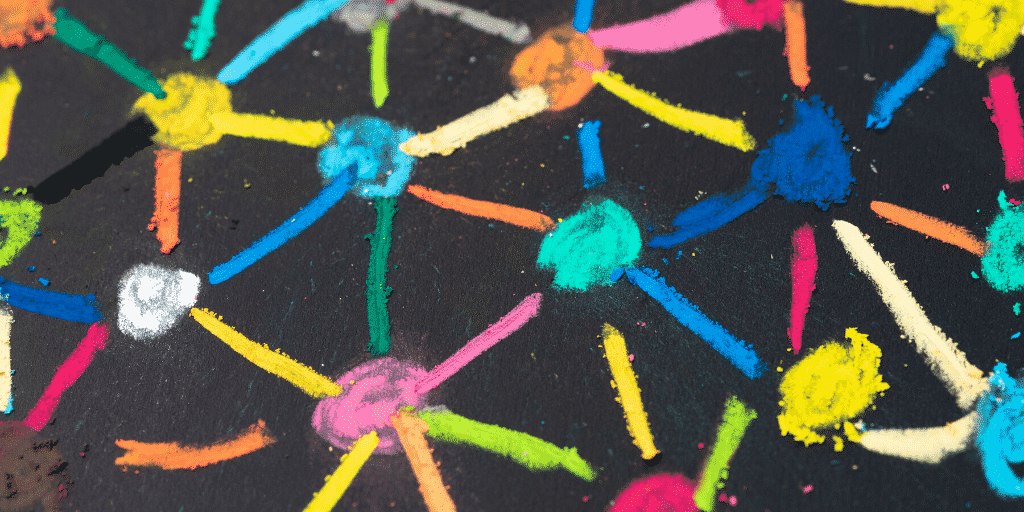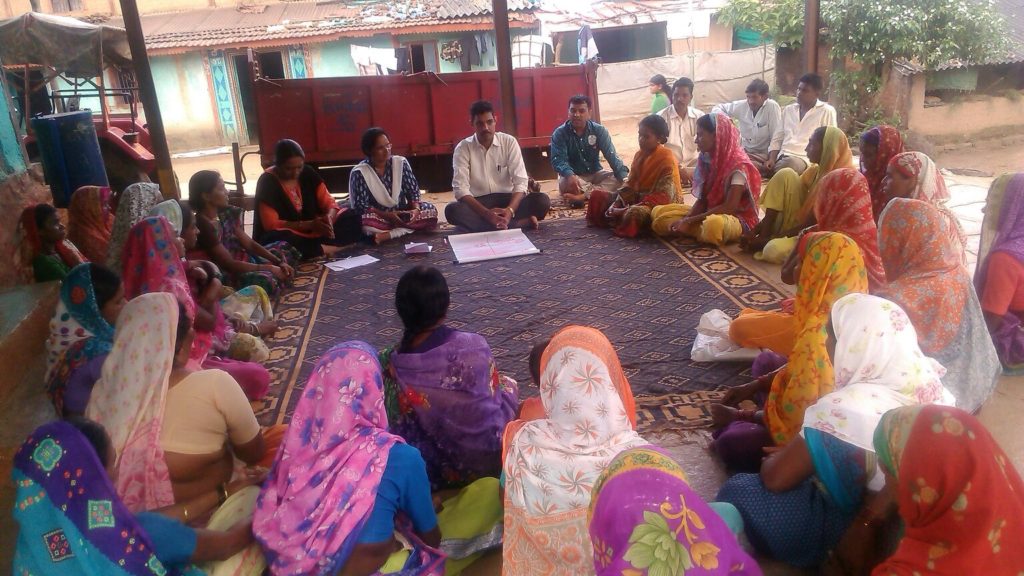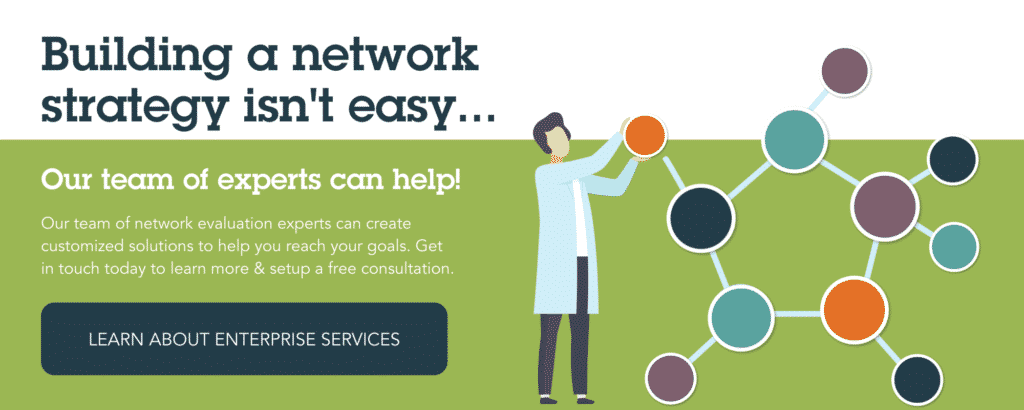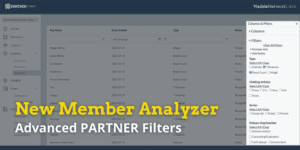What is Community-Led Innovation?

Writing from a desk at a company that identifies as a Social Enterprise & Technology Start-Up, it might sound counterintuitive to say that we at Visible Network Labs do not believe that all “innovation” is synonymous with “technology.”
Yes, we have amazing tech tools for people to use, but we also recognize that innovation is visible in the non-tech things we learn from our partners in community. Some examples come to mind, like two of our amazing speakers at this spring’s Network Leadership Training Academy (NLTA). First is Tyrone Beverly’s innovation of blending yoga with restorative justice at his organization Im’Unique. Another, Stephanie Salazar Rodriguez’s innovation of bringing together clinical and community partners through a community-based Health and Wellness Expo with her organization the Mile High Health Alliance.
So, What is Community-Led Innovation?

I found my favorite definition of community-led innovation on The Young Foundation website, where the authors state that community-led innovation “…goes beyond start-ups, tech firms, and polished entrepreneurs. Community-led innovation is driven by everyday people pioneering new solutions and developing their skills to make a difference which will benefit others in their community.”
This definition sets community-led innovation apart from other community outreach or engagement approaches in that it overtly prioritizes the concept of innovation being “driven” by community. Rather than suggesting that institutions or organizations “empower” the community, or “let them lead”, or “place” anything “in the hands” of community. Through a community-led innovation approach, institutions are in a support role – actively working to get out of the way.
Supportive Behaviors & Mindsets
“Getting out of the way”, however, does not mean abandoning a course of action with a community partner – it means that organizations stay engaged (until they are asked not to) and behave with humility, reflexivity and courage; find opportunities for immersion, and practice the art of the pause.
- Humility – It really does matter if the words you speak match your internal thoughts and intentions. While people can say things correctly (political correctness), sometimes due to our internal biases, we are thinking something different. Everyone has a bias. When your words don’t match your thoughts (or you slip up and say the wrong thing!), be good to yourself – when you unearth a bias use tools like Harvard’s Project Implicit test to understand it and then actively work to learn to manage it.
- Reflexivity – Related to humility, ongoing self-reflection (reflexivity) should be built into both personal and organizational practices. Staff should take time to reflect not only on how a project, program, or meeting achieved its outcomes, but also on the quality of the process of achieving those outcomes. Ask yourselves things like: Was the process fair? Who spoke more than the others? Were diverse ways of participating encouraged?
- Immersion – Anytime you can get out of your office, building, neighborhood, city, state, country – do it! The most powerful opportunity to be humbled and practice self-reflection is when we are made uncomfortable by unfamiliar surroundings.
- Courage – Working on wicked questions takes a significant amount of “mental and moral strength to venture, persevere, and withstand danger, fear, or difficulty”, something epitomized by civil rights leaders, community organizers and activists that work tirelessly to change the world. Read about them, make friends with them, get out and walk the streets with these amazing, courageous role models. As we explain in another VNL blog post, relationships too will help you be a more courageous leader.
- Pause – Many organizations, with the best of intentions, have been created to “save” others. This can set up a false dichotomy, with the organization seen as having the knowledge, resources or expertise, and the community on the receiving end. The reality is that everyone is an expert. When faced with the opportunity to provide something to the community, resist the reflex to “save” them and instead, pause, take stock of your organization’s expertise AND the expertise in your community partners. Think instead – How could we tackle this together?
Communities Will Lead the Way to Many Solutions
Many of the solutions to today’s most wicked problems will come not from highly researched interventions with evidence-based backing, but from community-led innovation. You too can be a part of community-led innovation when you behave with humility, reflexivity and courage; find opportunities for immersion, and practice the art of the pause.
More Reading:
For us by us model: https://anthrosource.onlinelibrary.wiley.com/doi/epdf/10.1111/1559-8918.2016.01090
Medium: builds on design thinking and authentic community engagement https://medium.com/designers-italia/community-led-innovation-be798428318e
Community-Led Innovation in Divided Societies: https://youngfoundation.org/research/community-led-innovation-divided-societies/







